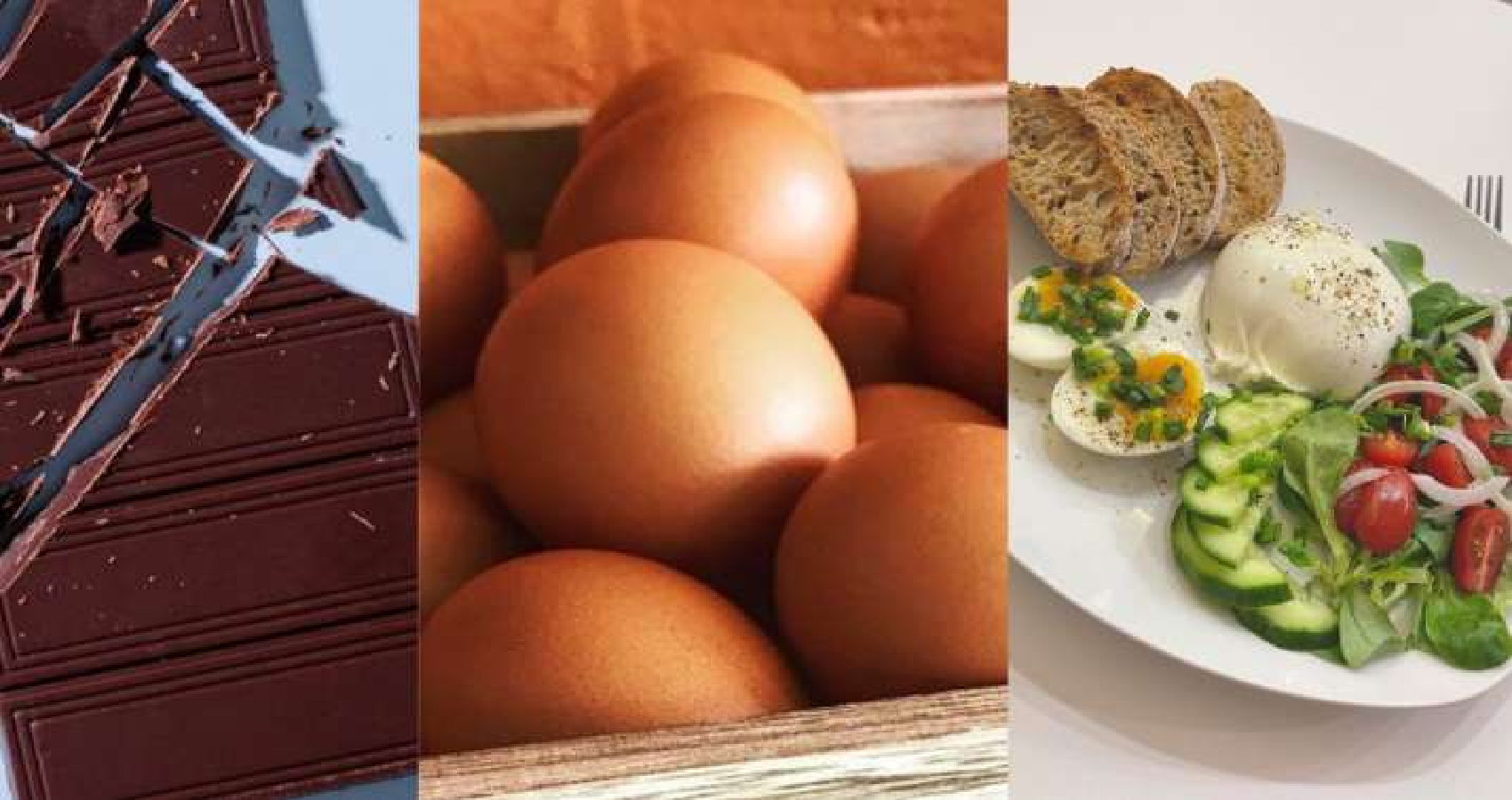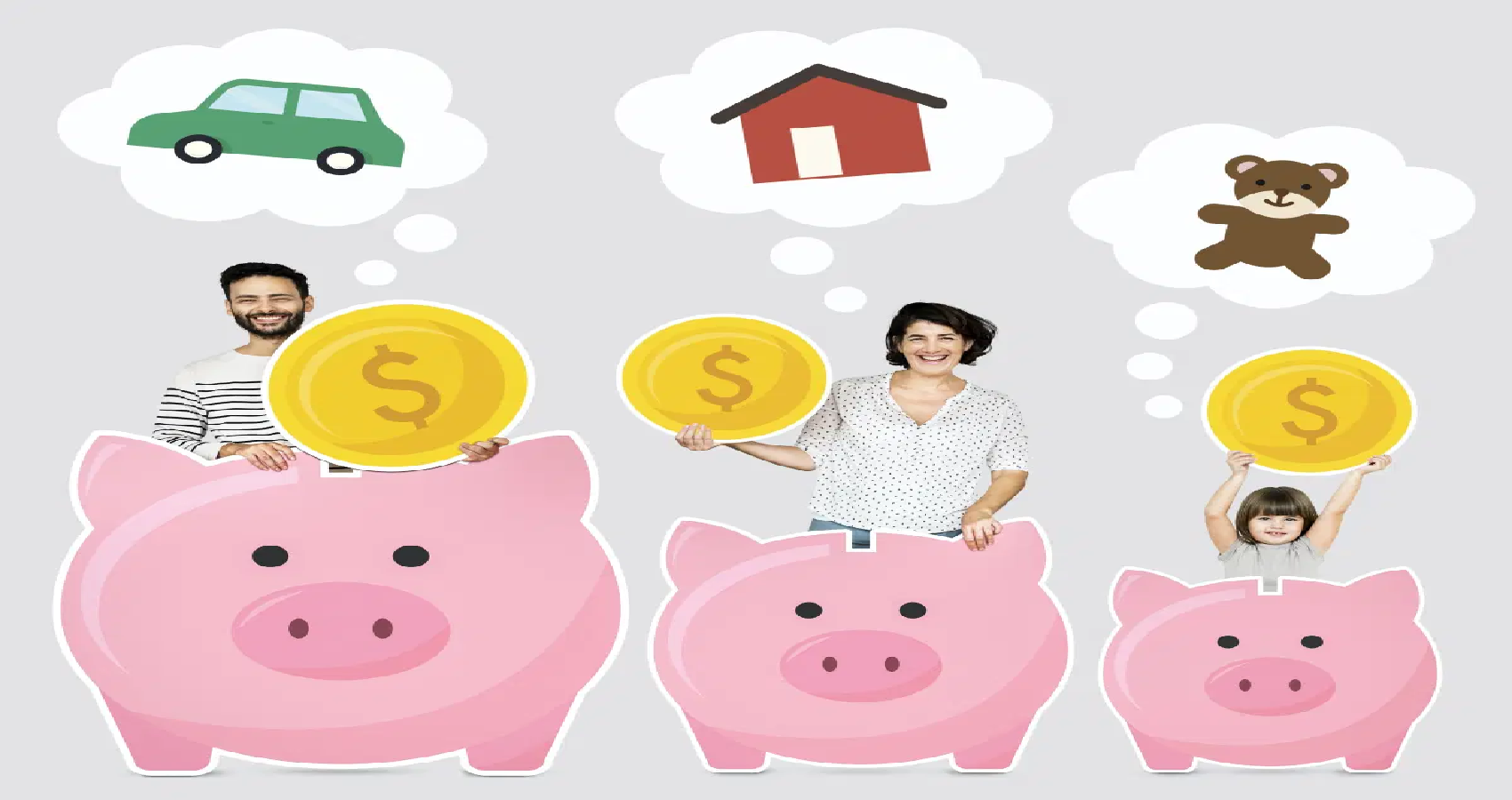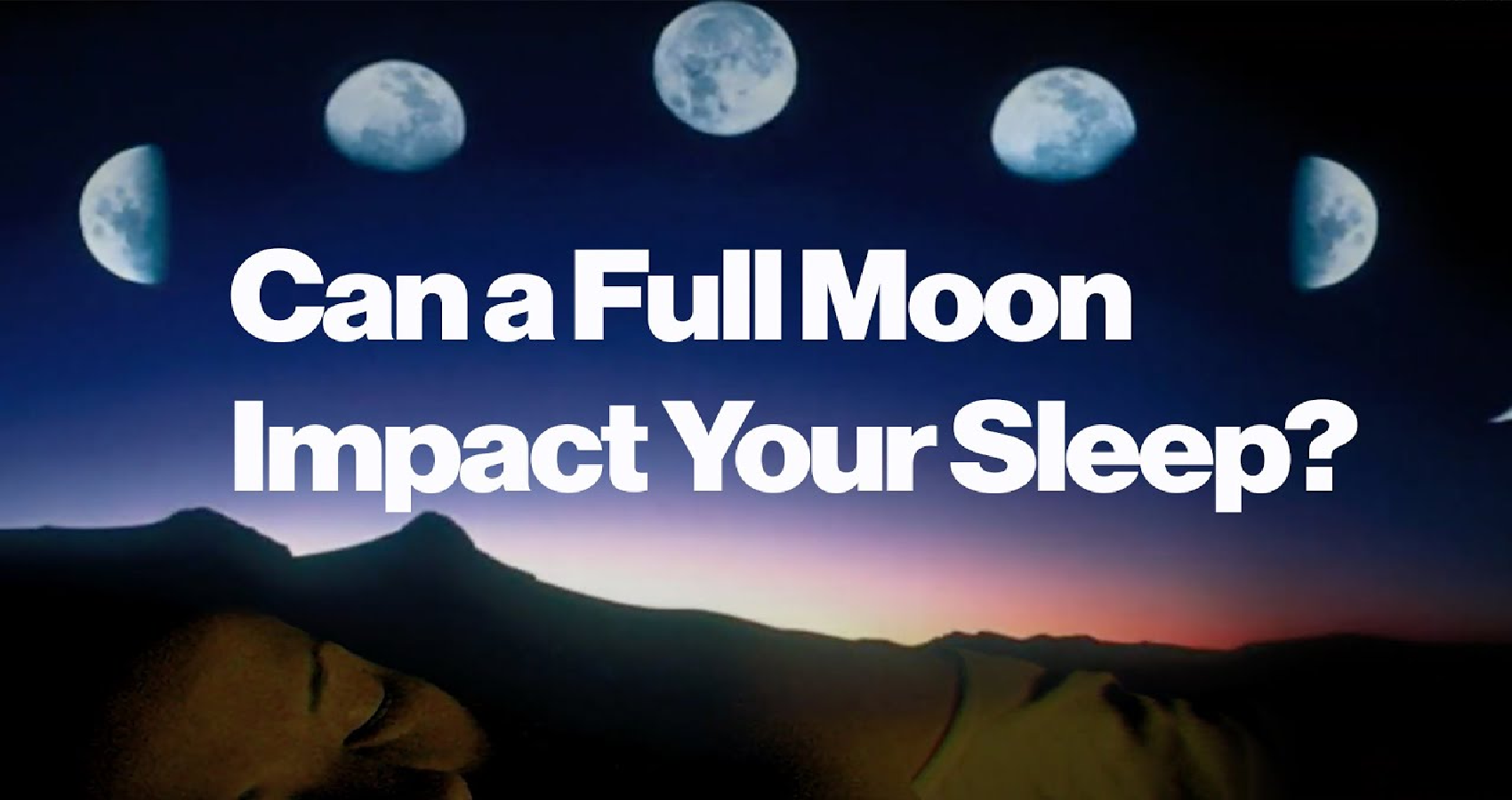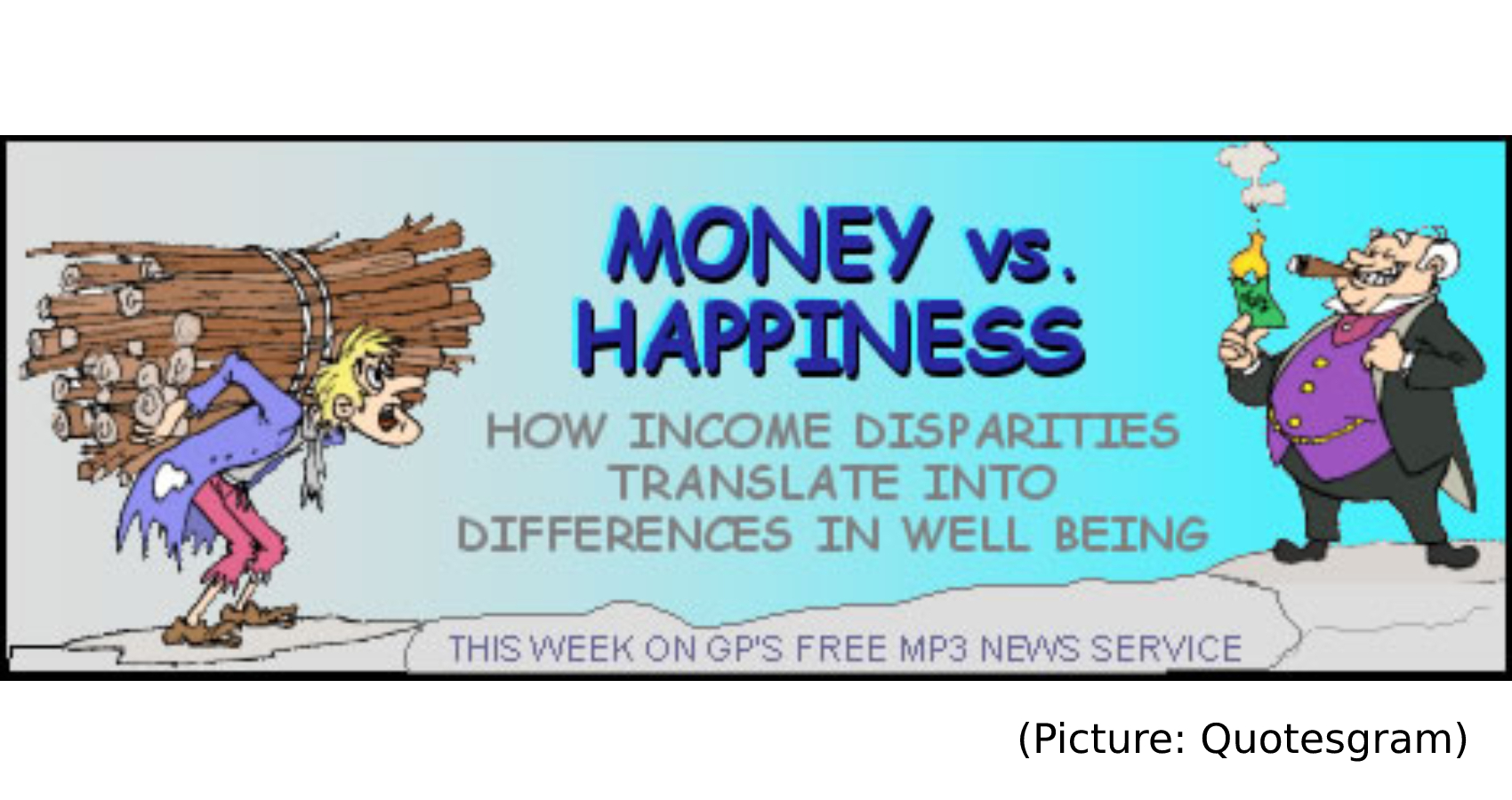There are plenty of times where we may be alone—working remotely, commuting solo, or even living by ourselves. Just because we’re by ourselves doesn’t mean we feel lonely. Sometimes we thrive in this “alone time,” allowing us to do activities we enjoy on our own.
But many of us don’t like to admit we all feel lonely from time to time.
According to a 2018 survey by Cigna, nearly half of Americans reported sometimes or always feeling alone, and one in five people reported never feeling close to people.
The American Psychological Association (APA) defines loneliness as “…discomfort or uneasiness from being or perceiving oneself to be alone….” The APA cites various reasons for loneliness, such as a lack of companionship or a lack of desired closeness in relationships.
Certain situations, such as moving to a new city, or a major life change, such as divorce, can contribute to feelings of loneliness. Any events that may negatively impact your social circles may make you feel lonely.
Mental health conditions can also play a factor. Someone with social anxiety may struggle to interact with others, even though they may crave human connection.
“Humans need social connections,” explained Lisa W. Coyne, PhD, psychologist and senior clinical consultant at the Child and Adolescent OCD Institute (OCDI Jr.) at McLean Hospital. “When we don’t have them, it’s harder for us to handle things on our own. There are some issues and problems in this world that are best dealt with as a community.”
We can even feel alone when we’re surrounded by other people. For example, you may feel alone if traveling to a country where the language is unfamiliar to you. Often, teens who feel misunderstood by their parents and siblings may feel lonely at home.
“Some of us are introverts,” Coyne said, “but at the same time, we have a herd mentality. We need connections to survive.”
Confronting Loneliness
Regardless of the reason, loneliness is painful. Even worse, it can lead to mental health issues, such as depression and Alzheimer’s disease, and physical conditions, including heart disease and cancer.
We can take steps, however, to cope with loneliness and even change our state of mind.
Step 1: Practice Gratitude
Studies have shown that acts of gratitude can help us feel more positive and have stronger relationships.
Think of the people in your life you appreciate. They may include someone from the past who had a major impact on your life, such as a mentor in your youth. Or they could be someone you see more frequently, such as the friend who recently helped you move.
Consider sending this person a handwritten card or letter, reaching out by email, or calling to express your appreciation. Not only will you likely brighten someone’s day with your action, but you will make yourself happier by fostering the connection and being kind.
Even silently recognizing a good person or situation in your life can develop a sense of gratitude.
Keeping a gratitude journal, in which you write about what you feel grateful for, can improve your mental health. Gratitude journaling helps us realize what we have in our lives as opposed to what we lack.
For a more targeted approach to gratitude journaling, follow the Three Good Things exercise in which you write about three good things (large or small) that happened throughout your day. Try the practice daily for a set period of time, such as one week, and note if your sense of loneliness has shifted.
Love and Isolation in the Time of COVID
Drs. Jacqueline Olds and Richard Schwartz help us understand how the COVID-19 pandemic is causing an increase in feelings of loneliness, while simultaneously creating difficulties in couples’ relationships from too much closeness.
Step 2: Participate in Meaningful Activities
By pursuing your passions, your mind and spirit are engaged, decreasing feelings of loneliness. By joining a recreational sports team, library book club, volunteer effort, or other activities you enjoy, you are also more likely to meet others who have shared interests.
If you find that you don’t see your friends as often as you’d like, consider setting up a recurring virtual gathering. Having a date and time planned in your calendar (for example, 2pm every other Tuesday) will encourage everyone to meet automatically and make it easy to maintain your connections with each other.
Step 3: Remember That You Are Unique
Feeling “less than” can contribute to feelings of loneliness.
Try to avoid comparing yourself to others. It is only human to look at someone else and feel sad when their surface-level feelings or apparent situation seem happier than our own.
“We have pretty critical minds,” said Coyne. “Our mind has evolved to be our threat detector. And our brain is going to be keeping an eye on things like: Are you doing all the things to connect? Are you keeping up with the Joneses?”
With these questions, she explained, some information can be useful—and some is not. “The only way to really tell is to defuse—step back and notice—that my mind is having a field day with my social interactions,” Coyne said. “And that gives me the liberty to ask: Is this helping me? Or can I organize my thoughts and mental energy in another way?”
Sometimes, if we get hooked on negative social evaluations, we can get stuck in organizing our behavior around avoidance. “As a result, you might not behave in a way that benefits you the most and instead you’re feeding negative personal judgment,” Coyne explained.
Alone and lonely are not the same; finding moments of solitude is healthy for the mind and body
Such comparisons can create a sense of distance from others. However, that increases our sense of isolation. It’s important to realize we never know what is going on in someone else’s life.
We all have good times as well as challenging periods in our lives—and keeping this universal truth in mind can help us feel connected. On the other hand, remember that you are unique: There is no one else on earth like you. It can be satisfying to recognize that you are doing what you can with what you have.
Step 4: Connect With Yourself
Solitude is different from loneliness because it is the state of being alone without necessarily feeling lonely. The word often implies there is an opportunity for reflection or doing things we enjoy.
While there are various ways you can reduce loneliness through connecting to others, consider the relationship you have with yourself and how you can enrich it. If you can do this, you may feel less isolated.
“Change your criteria for success,” said Coyne. “Don’t ask: Am I keeping up with whoever is in my social circles? Am I keeping up in a way that my mind says is comparable to others? Instead, ask yourself: Am I being true to myself today? Have I been kind or a good friend? Did I do things that are consistent with what I value?” Engaging in small mental choices and small habitual changes over time can give you a sense of self-efficacy, esteem, and comfort with yourself.
Set aside a period of time each day to check in with yourself. You could meditate, pray, practice yoga, or read a couple of pages of a spiritual text. This practice can be done in as little as five minutes, but it’s helpful to do it every day so it becomes a healthy habit.
Connecting with yourself doesn’t mean turning inward and calling it a day. We’ve all heard it before, but it’s so important to exercise and eat a balanced diet with plenty of fruits and vegetables. What we eat directly affects our body and mind.
If you are experiencing anxiety or depression, consider cutting back on alcohol because it can make you feel worse. Additionally, getting enough sleep—7-9 hours per night for adults—is one of the most important things we can do for our health.
Even if You Feel Lonely—You Are Not Alone!
If you are feeling lonely, reach out to an understanding loved one. If your feelings of loneliness don’t go away or feel unbearable, or if you are feeling anxious or depressed, contact a mental health professional.
“How do you know if you’re taking care of yourself and your social relationships in a way that’s vital to you?” asked Coyne. “A good way to look at it is to ask yourself some of these questions: Are you avoiding doing things? How’s your mood? Do you feel disconnected? Do you feel guilty for not talking to friends, or are you talking yourself into social situations?” All of these can be signs that you need to take steps toward developing good, intimate, and authentic relationships.
Consider taking the step of making connections through a support group. Support groups address a variety of issues, from specific mental health conditions to various challenges, including grief and physical illness. Many groups are free and available online.
If you need help right away, contact a hotline. The National Suicide Prevention Lifeline is 1.800.273.8255. Even if you’re feeling lonely, know that you are not alone.







 In his address, Dr. Shuvendu Sen, an Ambassador of the New Jersey Re-entry Commission, who contributes to the behavioral and medical health of the formerly incarcerated female population, and a best-selling author of the book, Why Buddha Never Had Alzheimer’s: A Holistic Treatment Approach through Meditation, Yoga and the Arts, thanked GOPIO for its contributions to enhance Indian values and for the many accomplishments. Dr. Sen reminded the audience that “This is not the first time it has happened. The world has experienced similar calamities, changing our well structures lifestyles. We have seen it time and time again. However, whenever we have been hurt, humanity is tremendously powerful to resurface from the dust.”
In his address, Dr. Shuvendu Sen, an Ambassador of the New Jersey Re-entry Commission, who contributes to the behavioral and medical health of the formerly incarcerated female population, and a best-selling author of the book, Why Buddha Never Had Alzheimer’s: A Holistic Treatment Approach through Meditation, Yoga and the Arts, thanked GOPIO for its contributions to enhance Indian values and for the many accomplishments. Dr. Sen reminded the audience that “This is not the first time it has happened. The world has experienced similar calamities, changing our well structures lifestyles. We have seen it time and time again. However, whenever we have been hurt, humanity is tremendously powerful to resurface from the dust.”





















